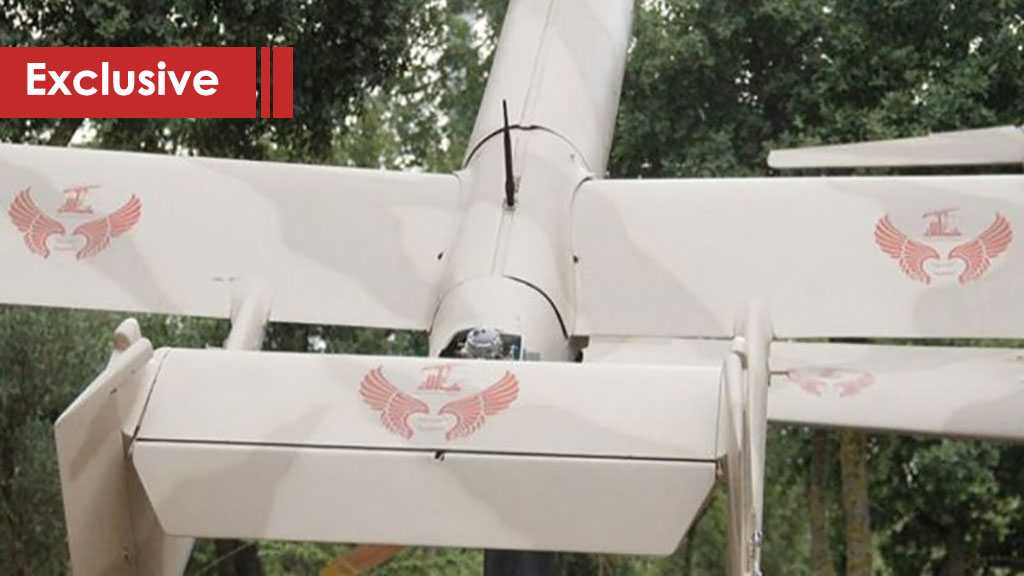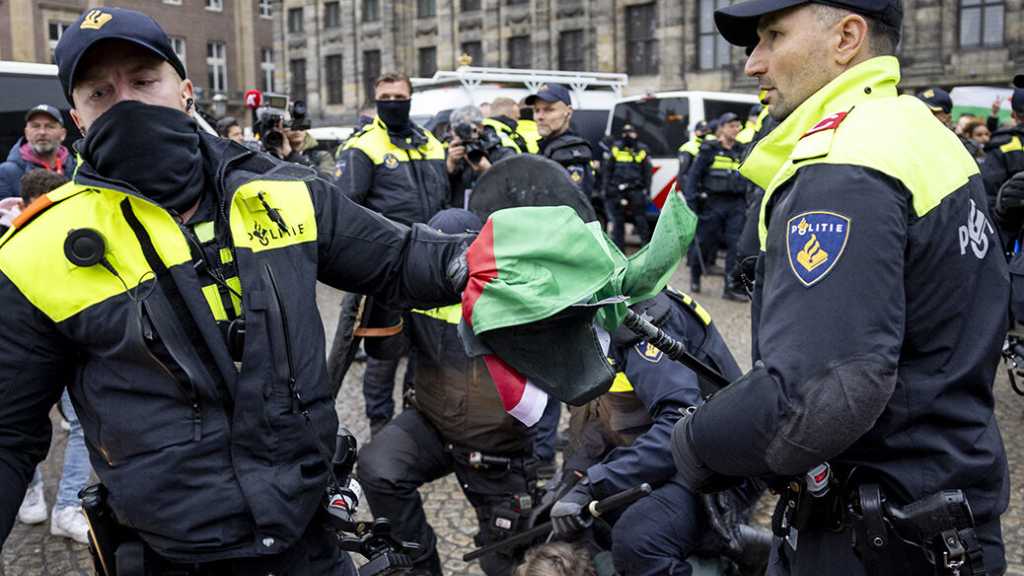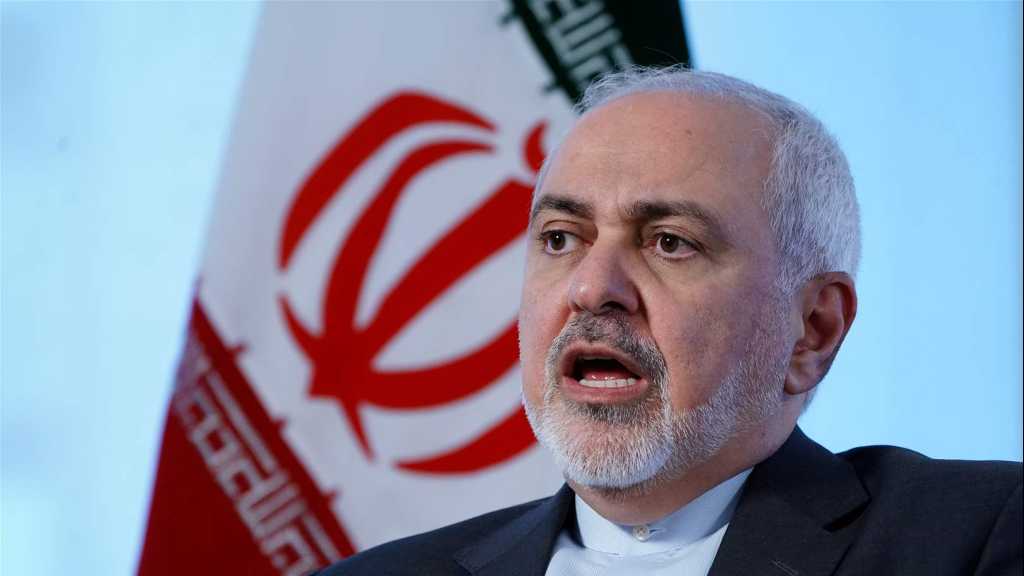From Mersad to Hassan: Hezbollah’s Drones Over Palestine and the Mediterranean

By Hussein Khazem
The launch of Hezbollah’s Air Force project in the late 1980s was accompanied by a high degree of secrecy and security. The work flowed quietly. The key objectives were defined and focused on:
- Airspace breaches
- Reconnaissance
- Defense and response
The resistance offered an explanation and vision for each of these tasks.
Airspace violations reciprocated: It is sufficient for the resistance to breach “Israeli” airspace whenever it wants. It chooses the time, place, area, and the number of aircraft it deploys.
Reconnaissance: The resistance surveys bases, airports, settlements, and infrastructure in the north of occupied Palestine and in the Palestinian depth in order to defend Lebanon.
Defense and response: From the beginning, Mirsad-1 was not used for military action but rather to confront violations because the resistance wants to defend the sovereignty of Lebanon. However, when Lebanon falls victim to aggression, it will use all available means without any hesitation.
The appearance of drones in chronological order
November 7, 2004: Indeed, your Lord is in observation [Mirsad].
It had not yet been five years since the liberation of southern Lebanon when the Islamic Resistance decided to surprise the enemy by responding to its air violations. This coincided with an uptick in activity by the resistance in the Shebaa Farms.
An Islamic Resistance statement from 2004 reads: "Starting this morning, Sunday, November 7, 2004, the Mersad-1 drones will fly over the airspace of occupied Palestine whenever the resistance wants as part of a legitimate confrontation against Zionist violations and attacks on Lebanese sovereignty."
April 2005: Tourism in the skies of Palestine
In accordance with the stated objectives of the Islamic Resistance in terms of reconnaissance work and responding to “Israeli” violations, Mersad-1 completed its second flight in less than a year. The flight lasted about 18 minutes without the unmanned aerial vehicle (UAV) being detected by advanced “Israeli” technology. The UAV returned safely to Lebanese territory.
July-August 2006: {And He sent against them birds in flocks.}
“Israel” used intense firepower during its 2006 aggression against Lebanon and seized control of the country’s airspace. But this did not prevent the Islamic Resistance from experimenting with the deployment of combat drones to carry out military missions inside occupied Palestine.
The UAV sported the emblem of Hezbollah and the Islamic Resistance’s Air Force. They were painted in military colors, giving them a combat character. “Israel” eventually succeeded in bringing them down inside occupied Palestine, and dozens of its soldiers and officers circled the wreckage. This was one of the surprises of the Sincere Promise.
October 2012: A new mission by Hussein Ayoub
Everything was calm that day, until the enemy announced that it had been dealt a blow when a drone appeared near the Dimona area before it was shot down by an “Israeli” squadron.
Hezbollah Secretary General Sayyed Hassan Nasrallah declared that the Iranian aircraft was assembled by the Lebanese Ayoub assembly force belonging to the Islamic Resistance’s Air Force. The drone breached “Israel’s” security infrastructure and crossed hundreds of kilometers from Lebanon to Dimona.
Ayoub is the only heir of Hussain Anis Ayoub (Rabi), the martyr whose family was told by Sayyed Nasrallah that his remains could not be found. It was later revealed by Hezbollah’s announcement through the Al-Ahed News website that Ayoub was one of the great martyrs of the Islamic Resistance.
February 2022: Hassan Lakkis returns to Palestine
Coinciding with the week of the Islamic Resistance and as it renewed its decision to deter, confront, and develop its activities, the Hassan drone flew into the “Israeli” depth by nearly 70 km.
“Israeli” defense systems were unable to detect or monitor it for 40 minutes. The Islamic Resistance announced a new achievement associated with the name of its martyr, Commander Hajj Hassan Lakkis, the first adventurer in the skies of the resistance.
Less than a year later, in compliance with the decision of the Islamic Resistance, as a deterrent to the occupation and its theft of Lebanon's oil resources, and in the name of the two martyrs and engineers Jamil Skaf and Mahdi Yaghi, the Islamic Resistance deployed three drones on a mission on the 40th anniversary of the group’s founding. The objective was achieved despite the drones being shot down. This is the latest chapter in the stories of the Air Force but not the end.




